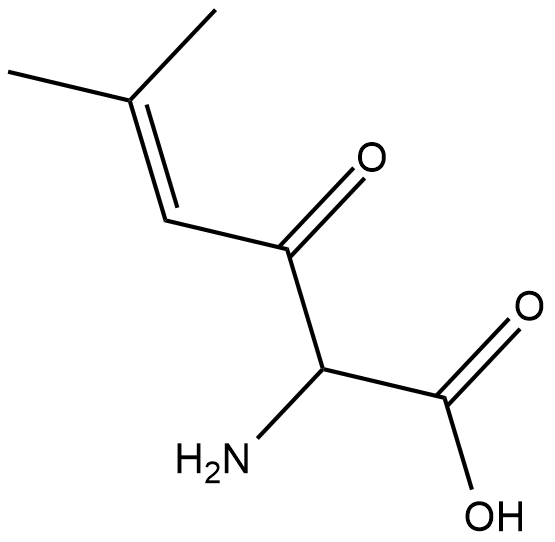Proteases
Proteases is a general term for a class of enzymes that hydrolyze protein peptide chains. According to the way they degrade polypeptides, they are divided into two categories: endopeptidases and telopeptidases. The former can cut the large molecular weight polypeptide chain from the middle to form prions and peptones with smaller molecular weights; the latter can be divided into carboxypeptidase and aminopeptidase, which respectively remove the peptide from the free carboxyl terminus or free amino terminus of the polypeptide one by one. Chain hydrolysis produces amino acids.
A general term for a class of enzymes that hydrolyze peptide bonds in proteins. According to the way they hydrolyze polypeptides, they can be divided into endopeptidases and exopeptidases. Endopeptidase cleaves the interior of the protein molecule to form smaller molecular weight peptones and peptones. Exopeptidase hydrolyzes peptide bonds one by one from the end of the free amino group or carboxyl group of protein molecules, and frees amino acids, the former is aminopeptidase and the latter is carboxypeptidase. Proteases can be classified into serine proteases, sulfhydryl proteases, metalloproteases and aspartic proteases according to their active centers and optimum pH. According to the optimum pH value of its reaction, it is divided into acidic protease, neutral protease and alkaline protease. The proteases used in industrial production are mainly endopeptidases.
Proteases are widely found in animal offal, plant stems and leaves, fruits and microorganisms. Microbial proteases are mainly produced by molds and bacteria, followed by yeast and actinomycetes.
Enzymes that catalyze the hydrolysis of proteins. There are many kinds, the important ones are pepsin, trypsin, cathepsin, papain and subtilisin. Proteases have strict selectivity for the reaction substrates they act on. A protease can only act on certain peptide bonds in protein molecules, such as the peptide bonds formed by the hydrolysis of basic amino acids catalyzed by trypsin. Proteases are widely distributed, mainly in the digestive tract of humans and animals, and are abundant in plants and microorganisms. Due to limited animal and plant resources, the industrial production of protease preparations is mainly prepared by fermentation of microorganisms such as Bacillus subtilis and Aspergillus terrestris.
対象は Proteases
- Caspase(114)
- Aminopeptidase(24)
- ACE(74)
- Calpains(20)
- Carboxypeptidase(10)
- Cathepsin(81)
- DPP-4(31)
- Elastase(26)
- Gamma Secretase(67)
- HCV Protease(59)
- HSP(113)
- HIV Integrase(37)
- HIV Protease(47)
- MMP(228)
- NS3/4a protease(8)
- Serine Protease(18)
- Thrombin(58)
- Urokinase(4)
- Cysteine Protease(0)
- Other Proteases(18)
- Tyrosinases(47)
- 15-PGDH(1)
- Acetyl-CoA Carboxylase(13)
- Acyltransferase(59)
- Aldehyde Dehydrogenase (ALDH)(28)
- Aminoacyl-tRNA Synthetase(9)
- ATGL(1)
- Dipeptidyl Peptidase(56)
- Drug Metabolite(457)
- E1/E2/E3 Enzyme(90)
- Endogenous Metabolite(1636)
- FABP(30)
- Farnesyl Transferase(23)
- Glutaminase(14)
- Glutathione Peroxidase(14)
- Isocitrate Dehydrogenase (IDH)(28)
- Lactate Dehydrogenase(17)
- Lipoxygenase(234)
- Mitochondrial Metabolism(207)
- NEDD8-activating Enzyme(7)
- Neprilysin(12)
- PAI-1(13)
- Ser/Thr Protease(41)
- Tryptophan Hydroxylase(13)
- Xanthine Oxidase(18)
- MALT1(10)
- PCSK9(1)
製品は Proteases
- Cat.No. 商品名 インフォメーション
-
GC31611
2-Phenylpropionic acid
2-フェニルプロピオン酸は、α-メチルスチレン代謝の中間体です。
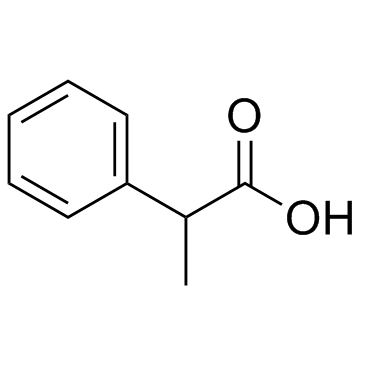
-
GC35095
2-Phospho-L-ascorbic acid trisodium salt
2-ホスホ-L-アスコルビン酸三ナトリウム塩 (2-ホスホ-L-アスコルビン酸三ナトリウム) は、長時間作用型のビタミン C 誘導体で、コラーゲンの形成と発現を刺激します。
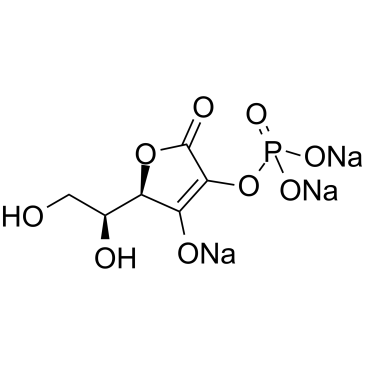
-
GC60486
2-Piperidone
2-ピペリドンは内因性代謝物です。
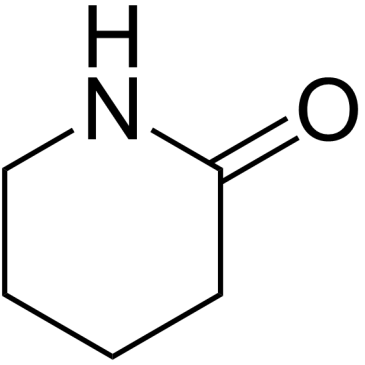
-
GC19539
2-Pyrrolidinone
2-ピロリドン
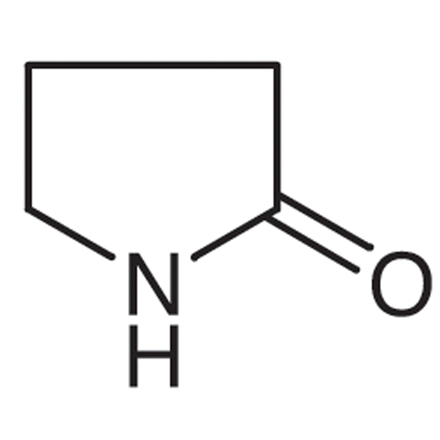
-
GC42193
2-Thenoyltrifluoroacetone
2-テノイルトリフルオロアセトンはキレート剤です。

-
GC60487
2-Thiophenecarboxaldehyde
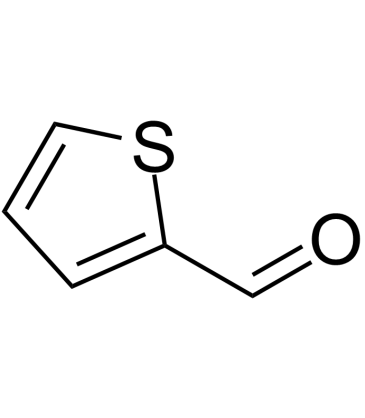
-
GC42082
20-carboxy Leukotriene B4
20-カルボキシLTB4は、人間の好中球におけるLTB4の代謝物です。

-
GC35075
20-HETE
MaxSpec®の同一性、純度、安定性、濃度仕様を満たすことが保証された量的分析基準
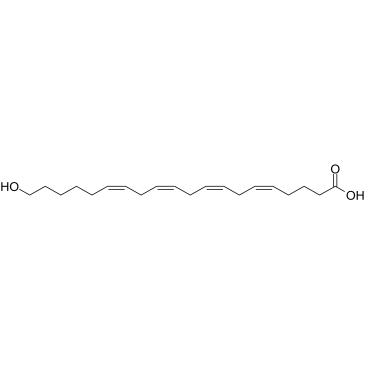
-
GC41421
20-hydroxy Leukotriene B4
20-ヒドロキシLTB4は、人間の好中球におけるLTB4の代謝物です。

-
GC40968
21-hydroxy Eplerenone
21-ヒドロキシエプレノロンは、ミネラロコルチコイド受容体拮抗剤であるエプレノロンの主要な代謝物です。

-
GC33798
21-Hydroxypregnenolone
21-ヒドロキシプレグネノロンは、コルチコステロン合成の必須中間体です。
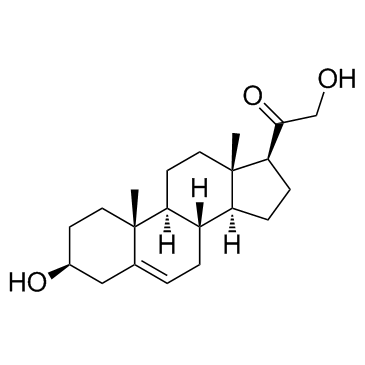
-
GC62767
23,25-Dihydroxy-24-oxovitamin D3
23,25-ジヒドロキシ-24-オキソビタミン D3 は、24(R),25-ジヒドロキシビタミン D3 の主要な代謝物です。
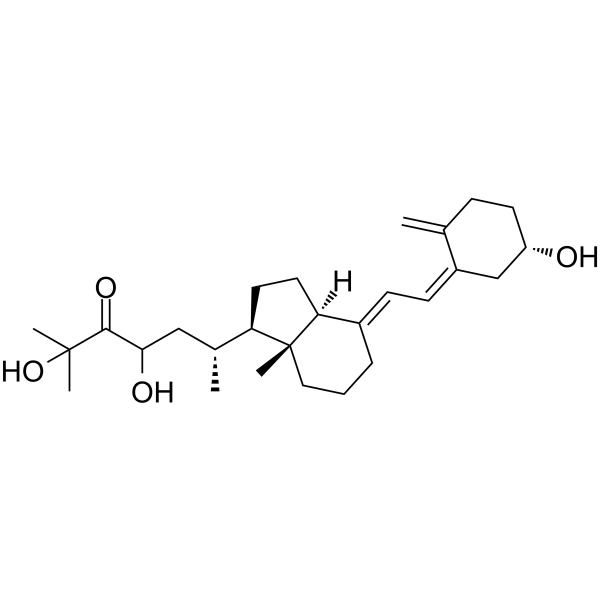
-
GC35079
24, 25-Dihydroxy VD2
24, 25-ジヒドロキシ VD2 は、ビタミン D2 のヒドロキシル化代謝物です。ビタミンDの合成類似体。
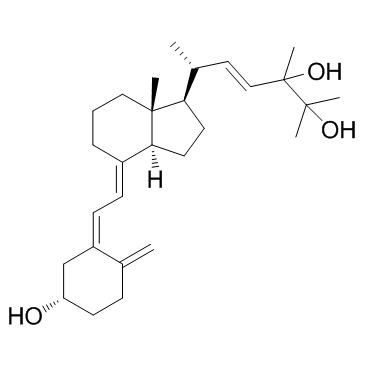
-
GC17566
24, 25-Dihydroxy VD3
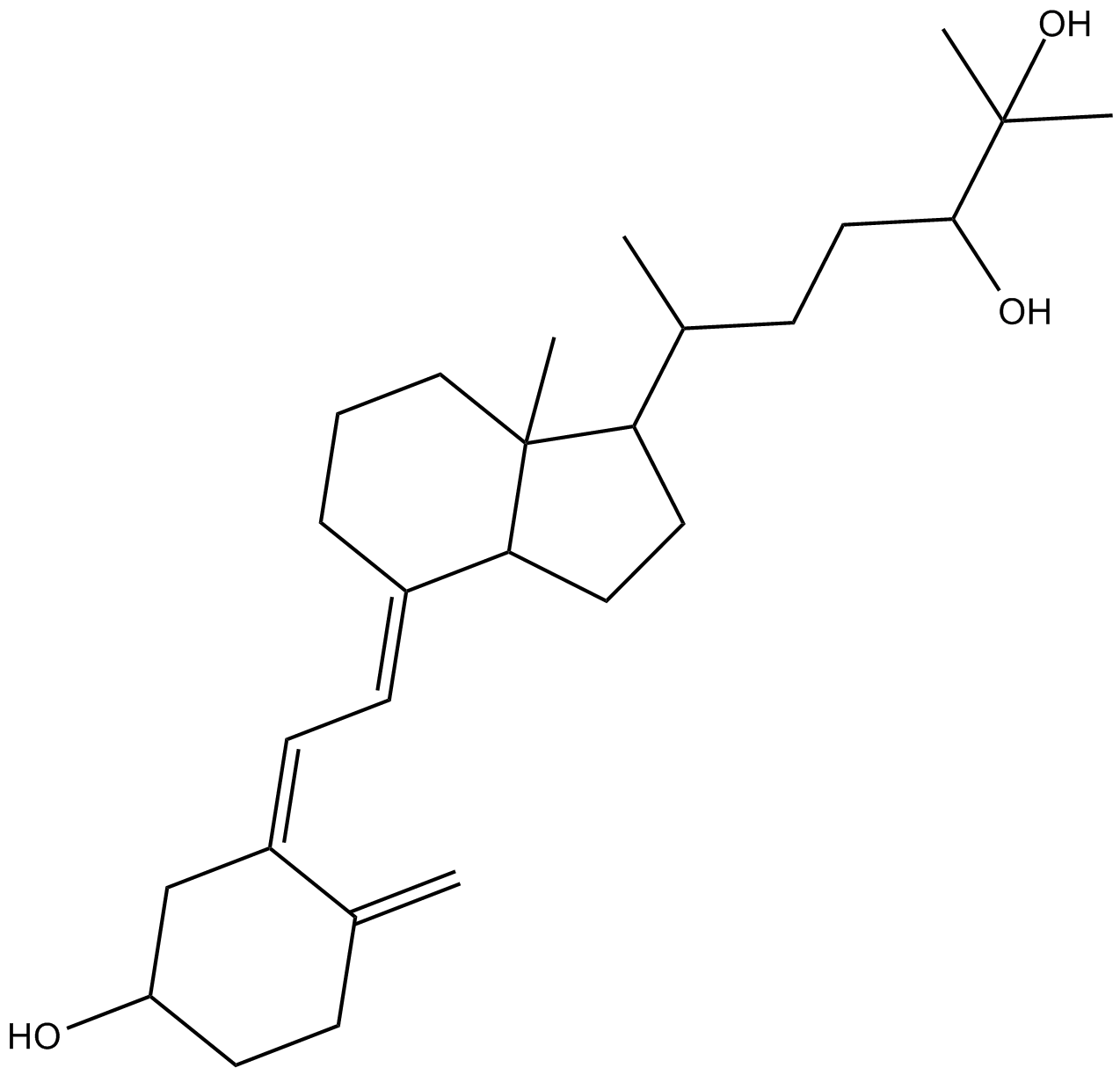
-
GC13887
25(R)-27-hydroxy Cholesterol
25(R)-27-ヒドロキシ コレステロールは、選択的エストロゲン受容体モジュレーターであり、肝臓 X 受容体のアゴニストです。
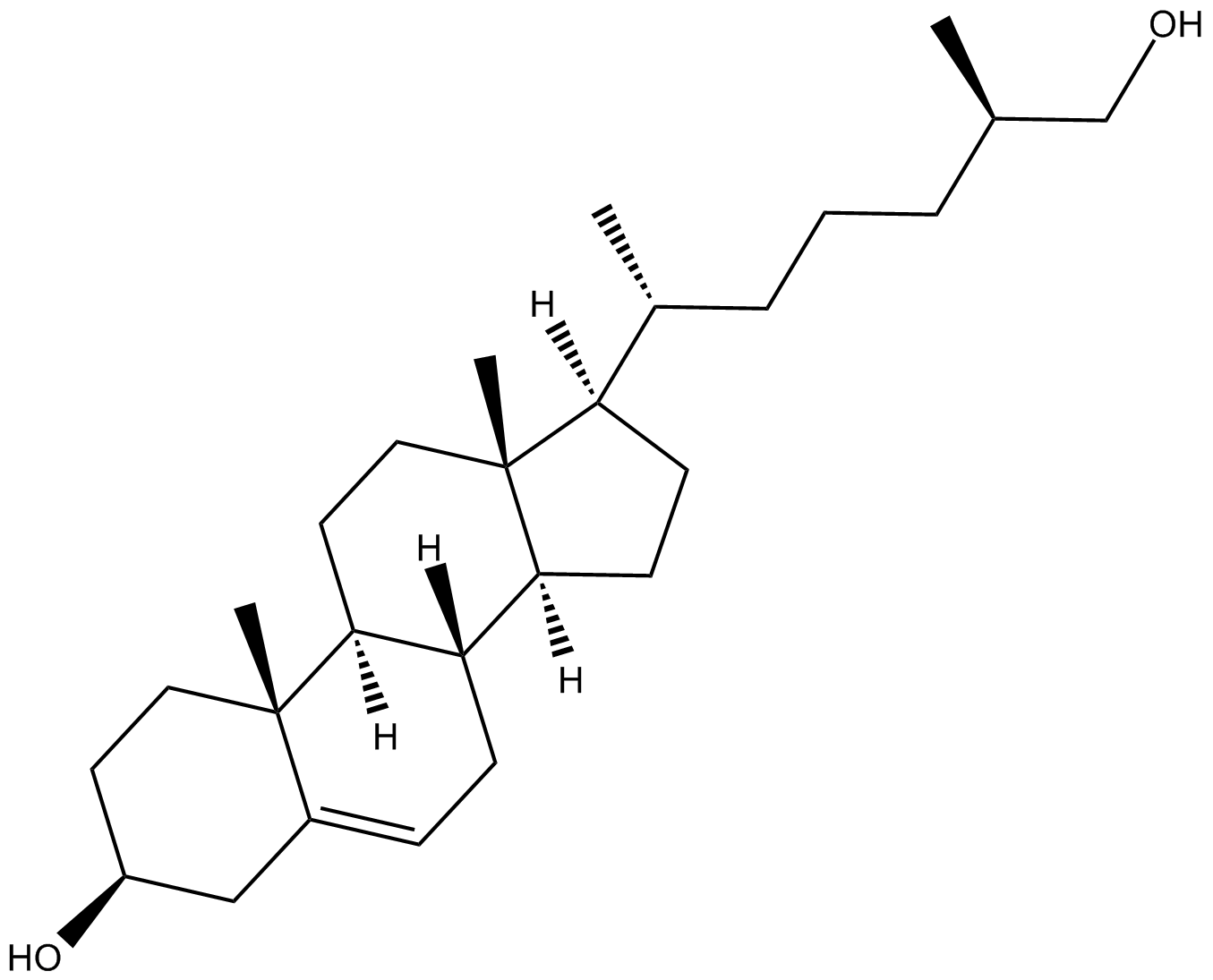
-
GC35081
25,26-Dihydroxyvitamin D3
25,26-ジヒドロキシビタミン D3 (25,26-ジヒドロキシコレカルシフェロール) は、腸のカルシウム輸送活性を持つビタミン D3 の代謝産物です。
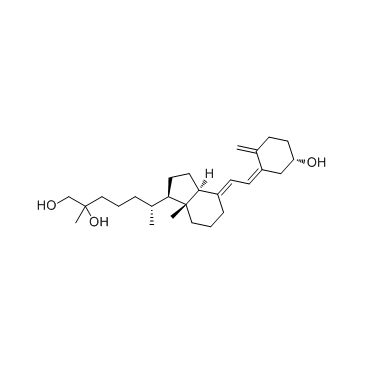
-
GC49365
25-Desacetyl Rifampicin
リファンピシンの主要な活性代謝物

-
GC33860
25-Hydroxycholesterol
25-ヒドロキシコレステロールは、Toll 様受容体 (TLR) の活性化に応答してマクロファージによって産生および分泌されるコレステロールの代謝産物です。
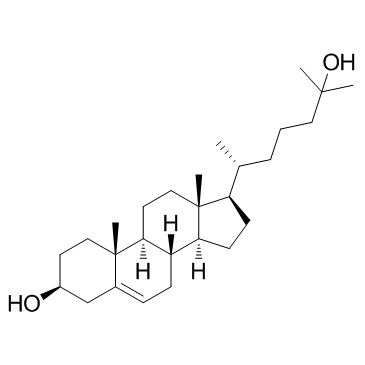
-
GC64985
3'-O-Methylguanosine
3'-O-メチルグアノシンは、メチル化ヌクレオシド類似体であり、RNA 鎖ターミネーターです。
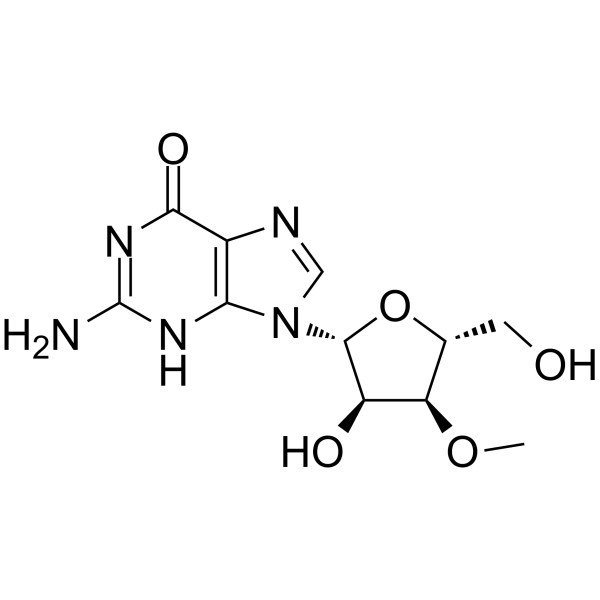
-
GC60493
3',4'-Dihydroxyacetophenone
アカマツから分離された 3',4'-ジヒドロキシアセトフェノン (3,4-DHAP) は、10 μM の IC50 で、チロシナーゼ活性に対して強力な抑制作用を示します。 3',4'-ジヒドロキシアセトフェノン (3,4-DHAP) は、血管活性剤および抗酸化剤です。
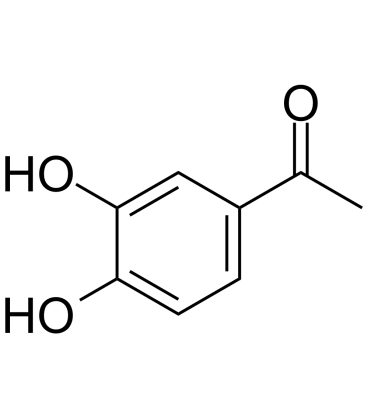
-
GC60023
3'-Deoxyuridine-5'-triphosphate
3'-デオキシウリジン-5'-三リン酸 (3'-dUTP) は、DNA 依存性 RNA ポリメラーゼ I および II を阻害するヌクレオチド類似体です。
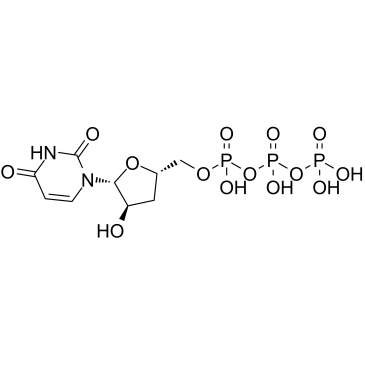
-
GC61862
3'-Deoxyuridine-5'-triphosphate trisodium
3'-デオキシウリジン-5'-三リン酸三ナトリウム (3'-dUTP 三ナトリウム) は、DNA 依存性 RNA ポリメラーゼ I および II を阻害するヌクレオチド類似体です。
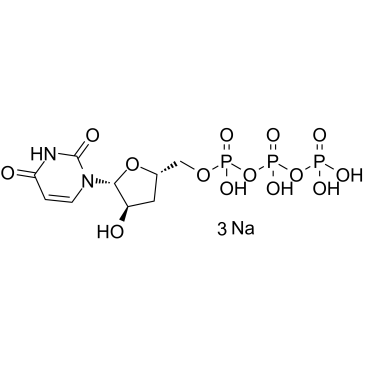
-
GC41480
3'-hydroxy Lidocaine
3'-ヒドロキシリドカインは、サイトクロムP450(CYP)アイソフォームCYP1A2およびCYP3A4によって形成されるリドカインの活性代謝物です。

-
GC39611
3'-Hydroxy Repaglinide
3'-ヒドロキシ レパグリニドは、レパグリニドの主要な CYP2C8 代謝物です。
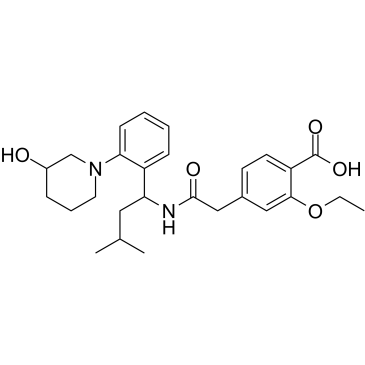
-
GC60500
3'-Hydroxy Repaglinide D5
3'-ヒドロキシレパグリニド D5 は、3'-ヒドロキシレパグリニドで標識された重水素です。
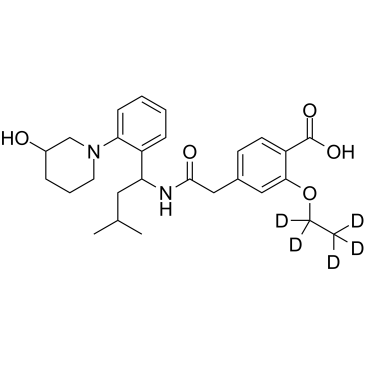
-
GC42201
3,3'-Diiodo-L-thyronine
3,3'-ジヨード-L-チロニン (3,3'-T2) は、甲状腺ホルモンの内因性代謝産物です。

-
GC60491
3,3-Dimethylglutaric acid
メチル分岐脂肪酸のメンバーである 3,3-ジメチルグルタル酸は、ヒトの尿中に時折見られる内因性代謝産物です 。
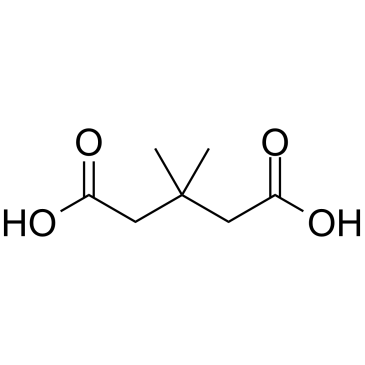
-
GC33703
3,4,5-Trimethoxycinnamic acid
3,4,5-トリメトキシ桂皮酸は、Polygala tenuifoliaWILLD の根から分離されたフェニルプロパノイドで、抗ストレス効果があり、動物の睡眠時間を延長します。
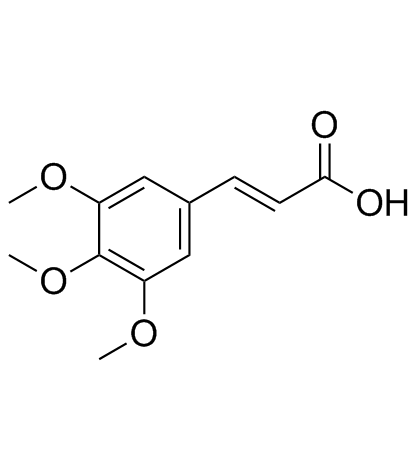
-
GC68082
3,4,5-Trimethoxyphenylacetic acid

-
GC39841
3,4-Dehydro Cilostazol
3,4-デヒドロ シロスタゾール (OPC-13015) は、シロスタゾールの活性代謝物です。
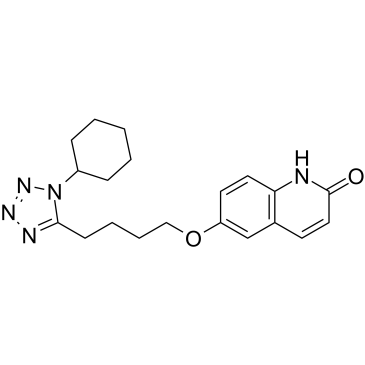
-
GC33649
3,4-Dihydroxybenzeneacetic acid
3,4-ジヒドロキシベンゼン酢酸は、ドーパミンの主要なニューロン代謝産物です。
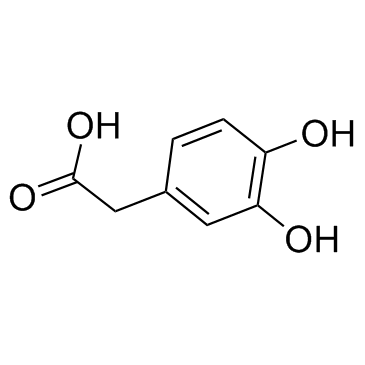
-
GC30146
3,4-Dihydroxymandelic acid
3,4-ジヒドロキシマンデル酸は、ノルエピネフリンの代謝産物です。
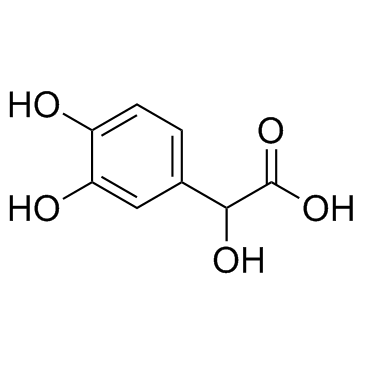
-
GC39777
3,4-Dimethoxyphenethylamine
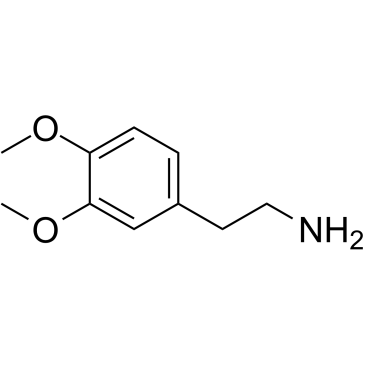
-
GC39327
3,4-Dimethoxyphenol
3,4-ジメトキシフェノールは植物由来のフェニルプロパノイド化合物で、化粧品の美白剤として使用できます。
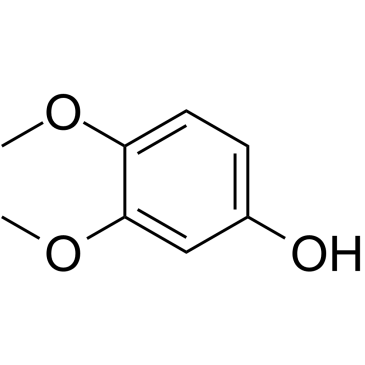
-
GC33615
3,4-Dimethoxyphenylacetic acid
3,4-ジメトキシフェニル酢酸は、化学合成の構成要素です。
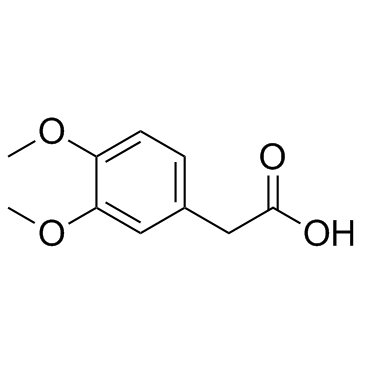
-
GC60497
3,5-Dihydroxyacetophenone
3,5-ジヒドロキシアセトフェノンは内因性代謝物です。
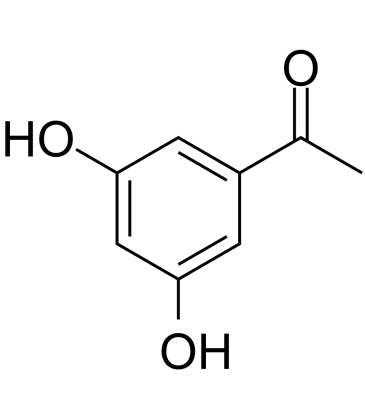
-
GC33817
3,5-Dihydroxybenzoic acid
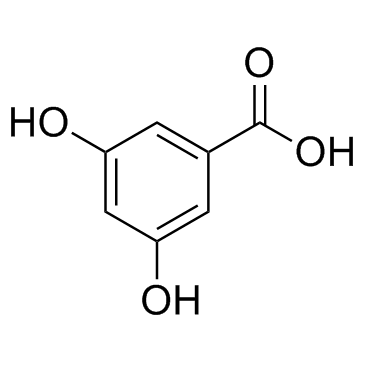
-
GC61716
3,5-Dimethylbenzaldehyde
3,5-ジメチルベンズアルデヒドは、化学合成における構成要素です 。
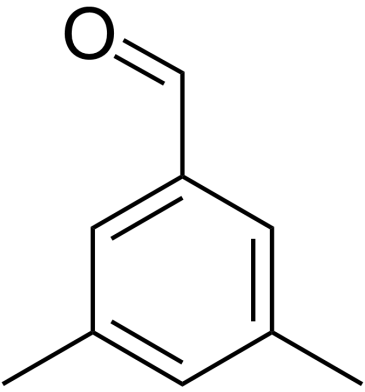
-
GC62788
3-(2,4-Dihydroxyphenyl)propanoic acid
3-(2,4-ジヒドロキシフェニル)プロパン酸 (DPPacid) は強力で競合的なチロシナーゼ阻害剤であり、L-チロシンと DL-DOPA をそれぞれ IC50 と 3.02 μM と 11.5 μM の Ki で阻害します 。
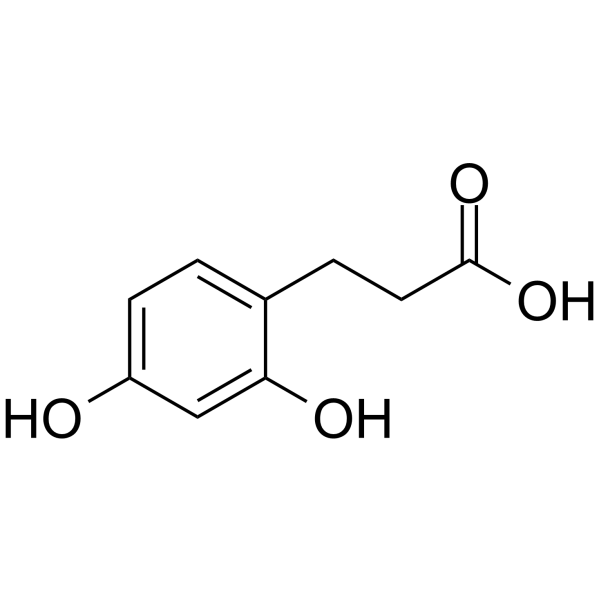
-
GC62789
3-(2-Hydroxyphenyl)propanoic acid
3-(2-ヒドロキシフェニル)プロパン酸は内因性代謝物です。
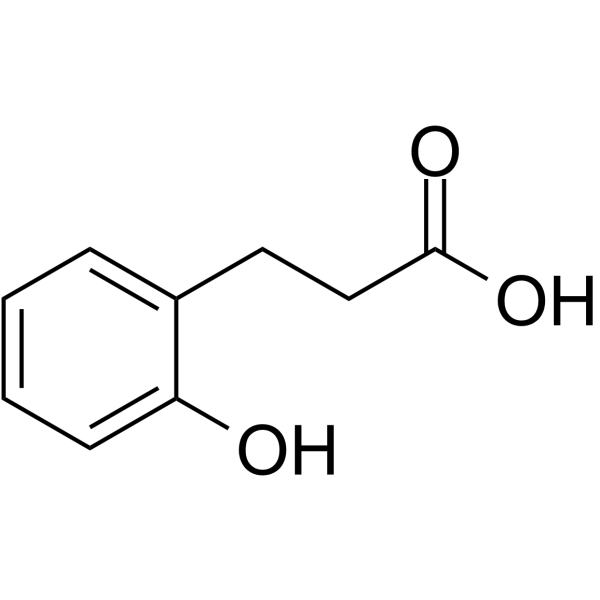
-
GC33618
3-(3,4,5-Trimethoxyphenyl)propanoic acid
3-(3,4,5-トリメトキシフェニル)プロパン酸は、ハーブやスパイスに含まれています。
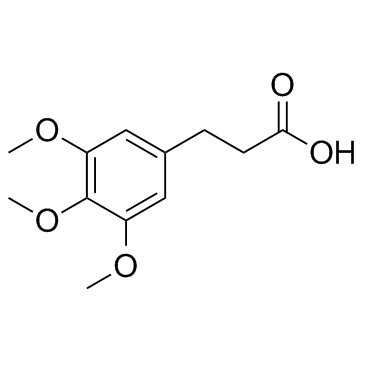
-
GC60488
3-(3-Hydroxyphenyl)propionic acid
3-(3-ヒドロキシフェニル)プロピオン酸は、ヒト微生物叢によって形成されるフラボノイド代謝産物です。
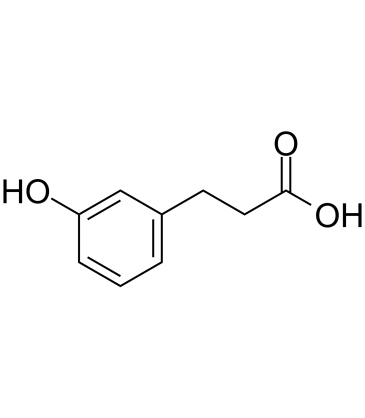
-
GC52324
3-(3-Hydroxyphenyl)propionic Acid sulfate
特定のフェノール類およびグリコシドの代謝産物

-
GC31625
3-(3-Methoxyphenyl)propionic acid
3-(3-メトキシフェニル)プロピオン酸は有機酸であり、天然に存在するヒトの代謝産物であり、ヒトの尿中に排泄されます。
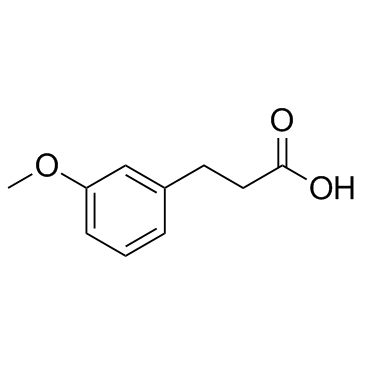
-
GC42198
3-(4-Chlorophenyl)-4-hydroxybutyric Acid (sodium salt)
バクロフェンの不活性代謝物
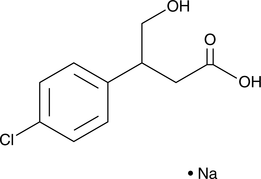
-
GC32943
3-(Methylthio)propionic acid (3-Methylsulfanylpropionic acid)
3-(メチルチオ)プロピオン酸 (3-メチルスルファニルプロピオン酸) は、メチオニン代謝の中間体です。
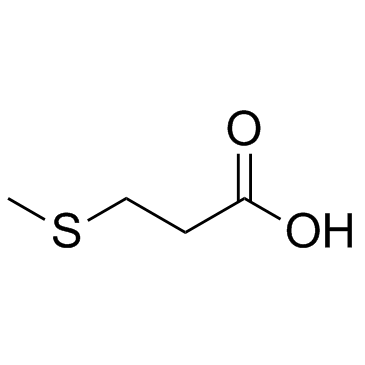
-
GC46583
3-Amino-2,6-Piperidinedione
(±)-タリドミドの活性代謝物質

-
GC31569
3-Amino-2-methylpropanoic acid
3-アミノ-2-メチルプロパン酸は、白色脂肪の褐色化と肝臓のβ酸化を誘発する可能性があり、心臓代謝の危険因子と逆相関しています。
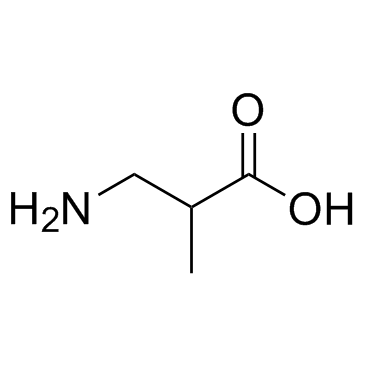
-
GC62793
3-Amino-2-oxazolidinone
3-アミノ-2-オキサゾリジノン (AOZ) は、フラゾリドンの代謝産物です。
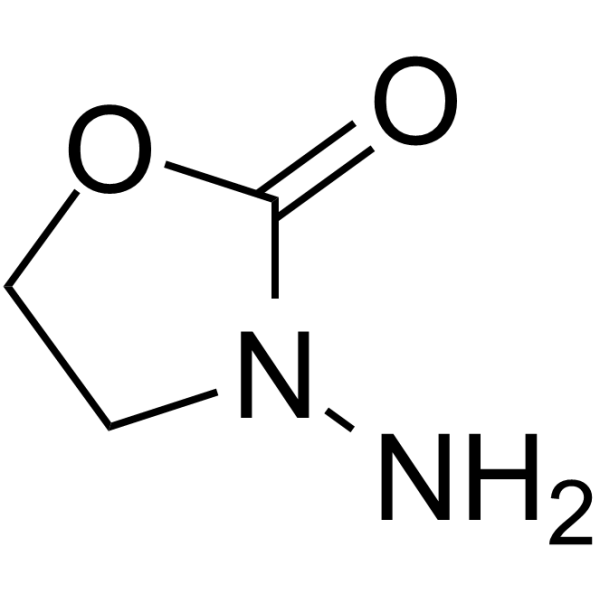
-
GC67902
3-Amino-2-oxazolidinone-d4

-
GC39688
3-Amino-2-piperidinone
3-アミノピペリジン-2-オンは、すべての生物の代謝産物です。
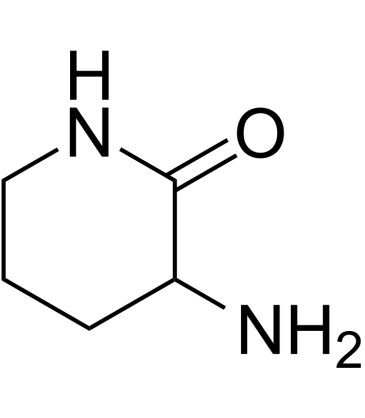
-
GC38293
3-Amino-4-hydroxybenzoic acid
3-アミノ-4-ヒドロキシ安息香酸は内因性代謝産物です。
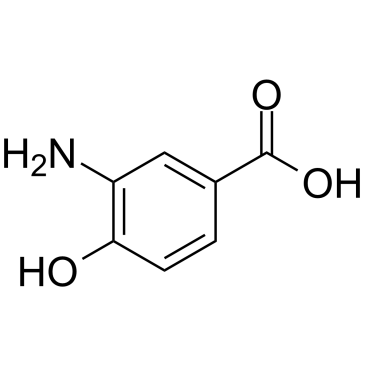
-
GC30719
3-Amino-4-methylpentanoic acid
3-アミノ-4-メチルペンタン酸は、酵素ロイシン 2,3-アミノムターゼによる L-ロイシンの代謝を介してヒトで自然に生成される、L-ロイシンのβアミノ酸および位置異性体です。
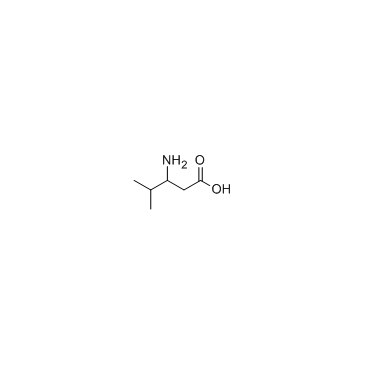
-
GC49849
3-Aminosalicylic Acid
サリチル酸誘導体

-
GC33631
3-Chloro-L-tyrosine
3-クロロ-L-チロシンは、ミエロペルオキシダーゼ触媒酸化の特異的マーカーであり、ヒトのアテローム性動脈硬化内膜から分離された低密度リポタンパク質で著しく上昇しています。
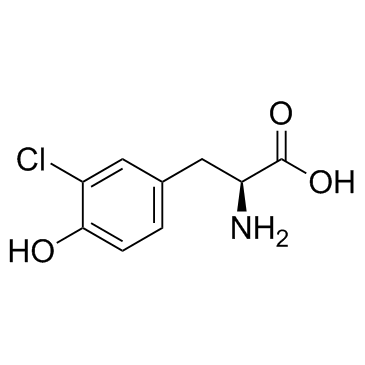
-
GC35106
3-Dehydrotrametenolic acid
Poria cocos の菌核から分離された 3- デヒドロトラメテノール酸は、乳酸脱水素酵素 (LDH) 阻害剤です。 3- デヒドロトラメテノール酸は、in vitro で脂肪細胞の分化を促進し、in vivo でインスリン感作物質として作用します。 3- デヒドロトラメテノール酸はアポトーシスを誘導し、抗がん作用があります。
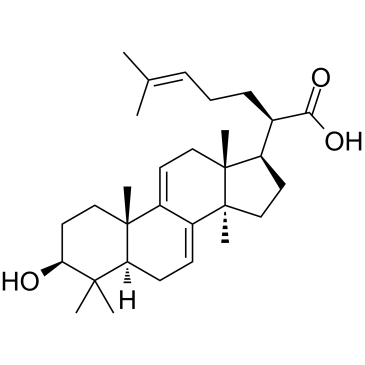
-
GC40743
3-deoxy Galactosone
3-デオキシ ガラクトソンは、ガラクトースの分解に由来する 1,2-ジカルボニル化合物です。

-
GC35111
3-Epiursolic Acid
3-エピウルソール酸は、フトモモ科から分離できるトリテルペノイドであり、カテプシン L の競合的阻害剤として作用し (IC50、6.5 μM; Ki、19.5 μM)、カテプシン B に明らかな影響はありません。
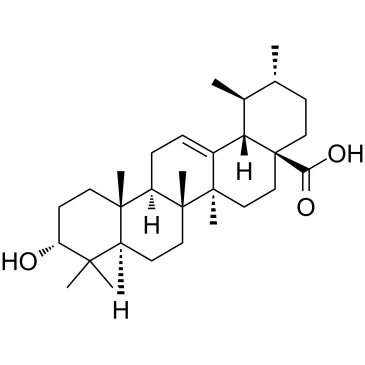
-
GC38257
3-Ethoxy-3-oxopropanoic acid
3-エトキシ-3-オキソプロパン酸は内因性代謝産物です。
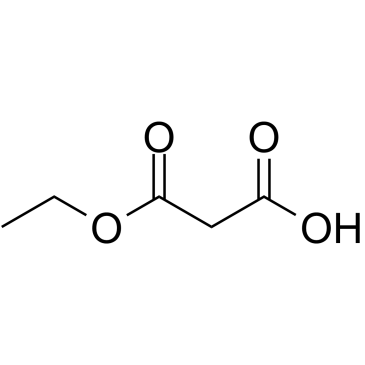
-
GC38368
3-Furanoic acid
3-フラン酸は内因性代謝産物です。
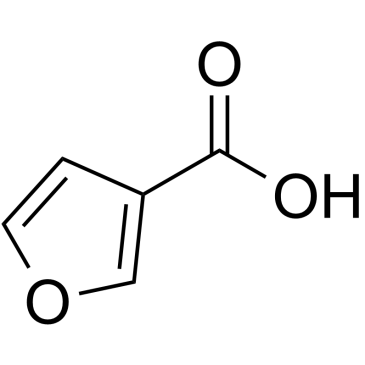
-
GC13377
3-hydroxy Anthranilic Acid
3-ヒドロキシ アントラニル酸は、キヌレニン経路のトリプトファン代謝産物です。
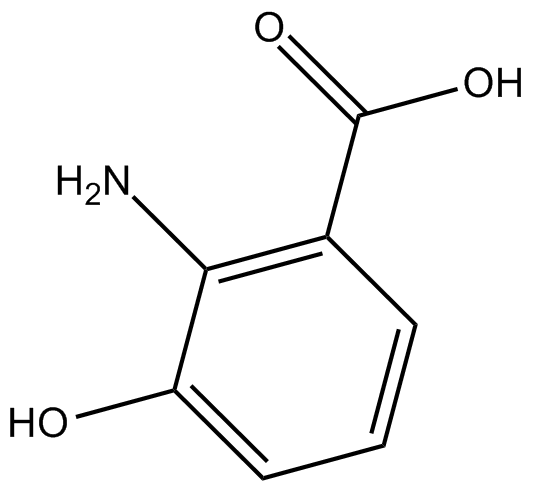
-
GC42274
3-hydroxy Darifenacin
3-ヒドロキシダリフェナシンは、ダリフェナシンの代謝物です。

-
GC42275
3-hydroxy Desloratidine
3-ヒドロキシデスロラタジンは、ヒスタミンH1受容体の三環系拮抗剤であるデスロラタジンの主要な代謝物です。

-
GC41565
3-hydroxy Medetomidine
3-ヒドロキシメデトミジンは、α2アドレナリン受容体作動薬メデトミジンの代謝物です。

-
GC60501
3-Hydroxy-4-aminopyridine
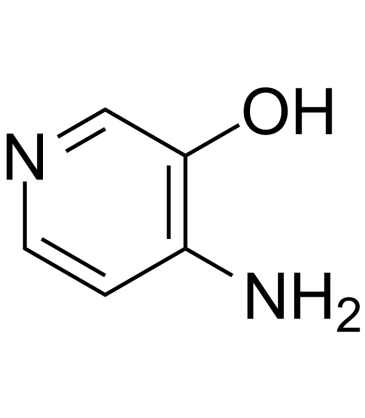
-
GC39328
3-Hydroxybenzaldehyde
3-ヒドロキシベンズアルデヒド は、プロトカテキュアルデヒドなどのフェノール化合物の前駆体化合物です。
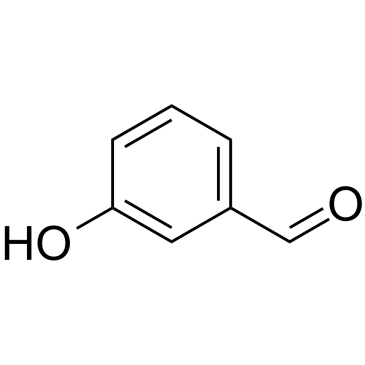
-
GC38669
3-Hydroxybenzoic acid
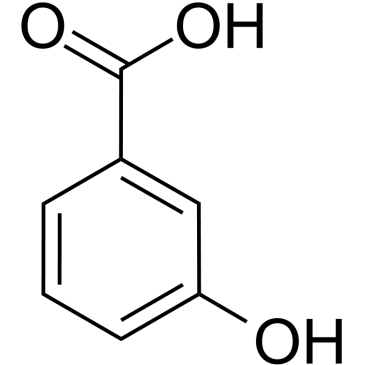
-
GC30616
3-Hydroxybutyric acid
3-ヒドロキシ酪酸 (β-ヒドロキシ酪酸) は、I 型糖尿病で上昇する代謝産物です。
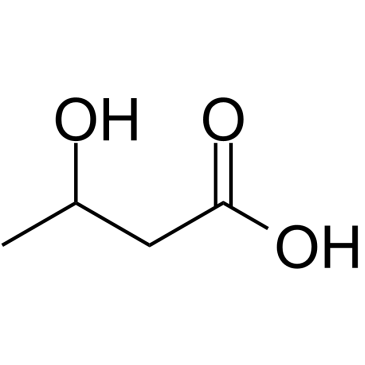
-
GC60502
3-Hydroxybutyric acid sodium
3-ヒドロキシ酪酸ナトリウム (β-ヒドロキシ酪酸ナトリウム) は、I 型糖尿病で上昇する代謝産物です。
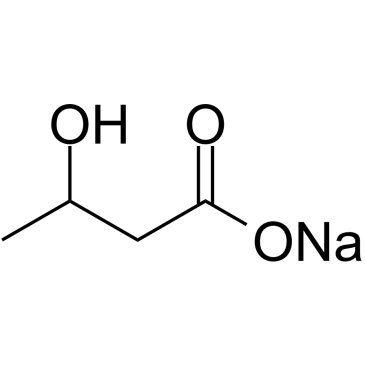
-
GC33383
3-Hydroxycapric acid
3-ヒドロキシカプリン酸は有糸分裂進行の阻害剤です。
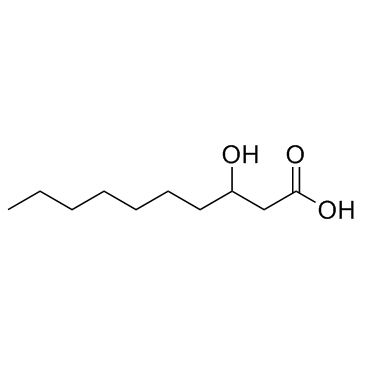
-
GC49364
3-Hydroxycoumarin
3-ヒドロキシクマリンは、ヒト 15-LOX-1 の強力な酸化還元阻害剤です。

-
GC30642
3-Hydroxydodecanoic acid
3-ヒドロキシドデカン酸は、脂肪酸代謝障害に関連する中鎖脂肪酸です。
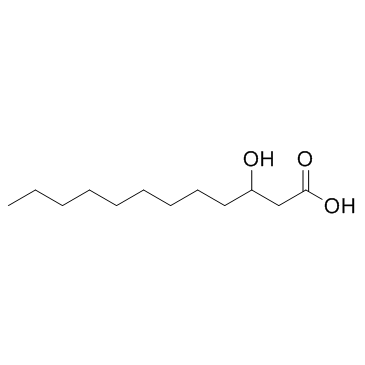
-
GC41477
3-Hydroxyglutaric Acid
3-ヒドロキシグルタル酸はグルタル酸誘導体です。

-
GC66424
3-Hydroxyglutaric acid-d5
3-ヒドロキシグルタル酸-d5 は、重水素標識された 3-ヒドロキシグルタル酸です。 3-ヒドロキシグルタル酸はグルタル酸誘導体です。
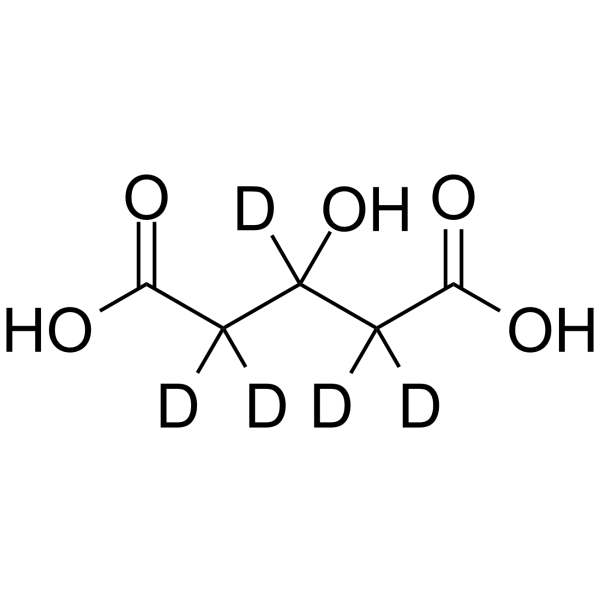
-
GC30603
3-Hydroxyhippuric acid
3-ヒドロキシ馬尿酸はアシルグリシンです。
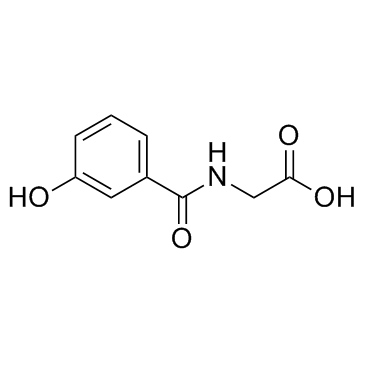
-
GC30660
3-Hydroxyisovaleric acid
3-ヒドロキシイソ吉草酸は、尿中に排泄される正常な内因性代謝産物です。
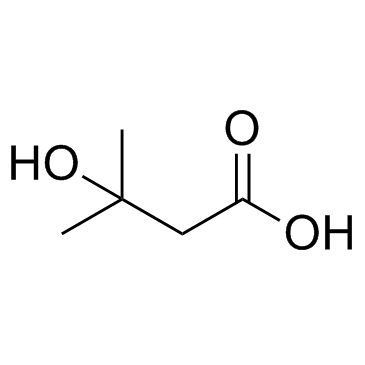
-
GC30638
3-Hydroxymandelic Acid
3-ヒドロキシマンデル酸、フェニレフリンの代謝産物、フェニレフリンはα受容体アゴニストです。
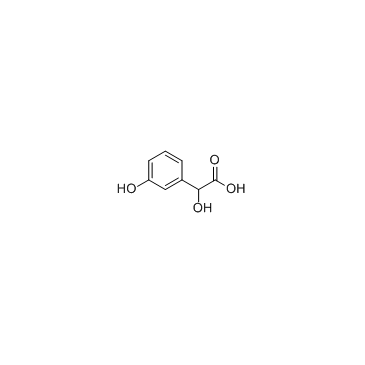
-
GC38269
3-Hydroxyphenylacetic acid
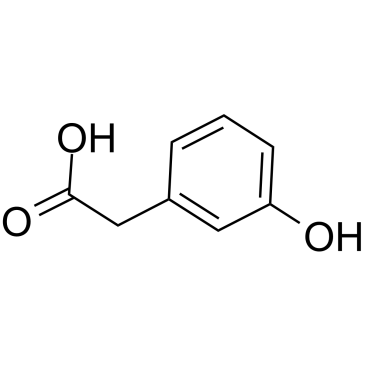
-
GC14549
3-Hydroxyphenylacetic acid
3-ヒドロキシフェニル酢酸は内因性代謝物です。
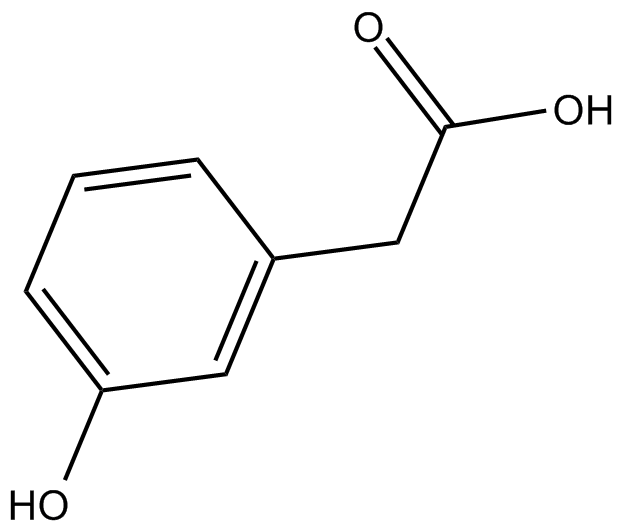
-
GC30636
3-Hydroxypicolinic acid (Picolinic acid, 3-hydroxy- (6CI,7CI,8CI))
3-ヒドロキシピコリン酸 (ピコリン酸、3-ヒドロキシ- (6CI,7CI,8CI)) はピコリン酸誘導体であり、ピリジンファミリーに属します。
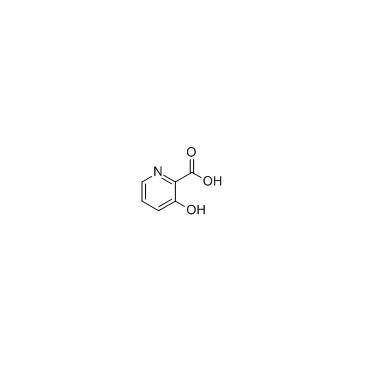
-
GC30729
3-Hydroxyvaleric acid
3-ヒドロキシ吉草酸は、5 炭素のケトン体です。
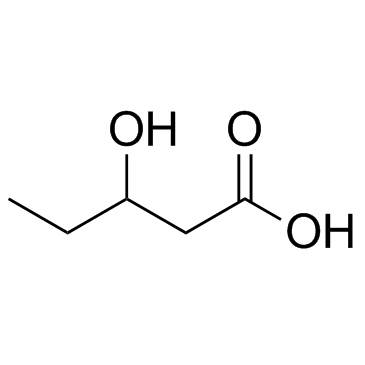
-
GC33436
3-Indoleacetic acid (Indole-3-acetic acid)
3-インドール酢酸 (インドール-3-酢酸) (インドール-3-酢酸) は、オーキシン クラスの最も一般的な天然植物成長ホルモンです。
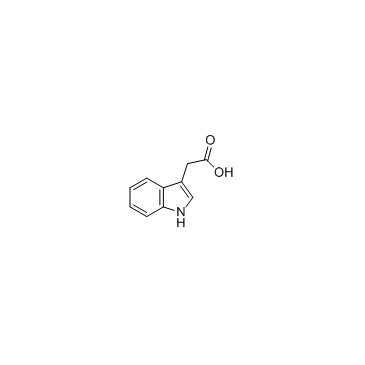
-
GC39778
3-Indoleacetonitrile
3-インドールアセトニトリルは内因性代謝物です。
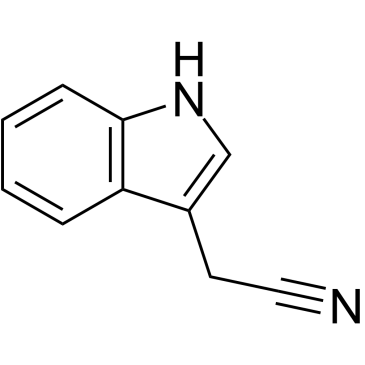
-
GC31290
3-Indolepropionic acid
3-インドールプロピオン酸は強力な抗酸化物質であることが示されており、アルツハイマー病の治療に役立つ可能性があります.
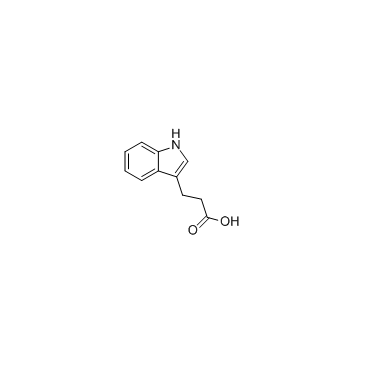
-
GC48457
3-keto Fusidic Acid
フジシド酸の活性代謝物

-
GC33653
3-Methoxybenzoic acid (3-Anisic acid)
3-メトキシ安息香酸 (3-アニス酸) は、ユーロピウム (III) およびガドリニウム (III) の 3-メトキシ安息香酸塩の合成に使用できます。
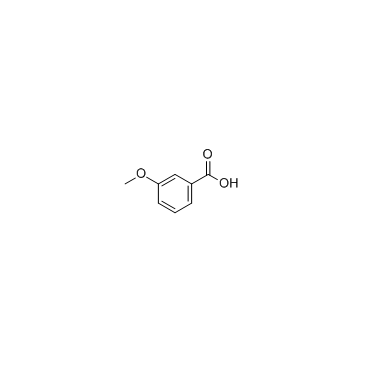
-
GC33739
3-Methoxytyramine (3-O-methyl Dopamine)
3-ヒドロキシチラミン/ドーパミンのよく知られた細胞外代謝産物である 3-メトキシチラミン (3-O-メチルドーパミン) は、神経調節物質です。
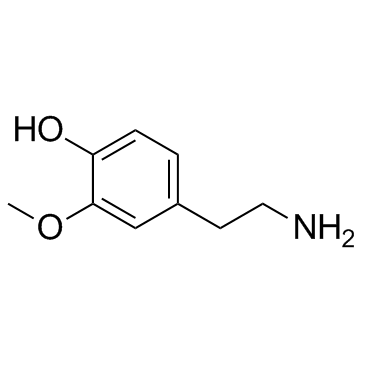
-
GC33738
3-Methoxytyramine hydrochloride (3-O-methyl Dopamine hydrochloride)
3-メトキシチラミン塩酸塩 (3-O-メチルドーパミン塩酸塩) は、微量アミン関連受容体 1 (TAAR1) を活性化できるドーパミンの不活性代謝産物です。
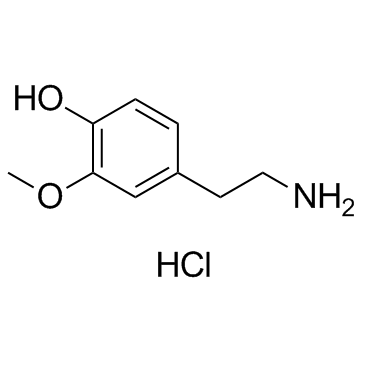
-
GC68324
3-Methoxytyramine-d4 hydrochloride

-
GC49869
3-Methoxytyrosine
L-DOPAの活性代謝物

-
GC39690
3-Methyl-2-buten-1-ol
3-メチル-2-ブテン-1-オールは内因性代謝物です。
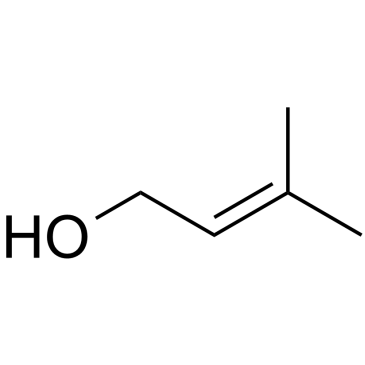
-
GC39846
3-Methyl-2-cyclopenten-1-one
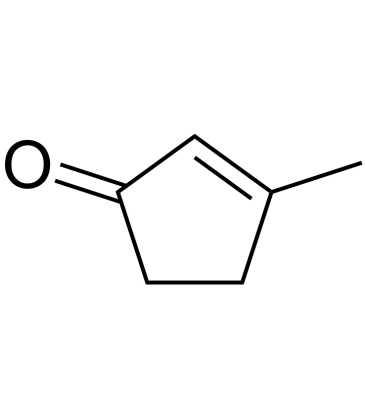
-
GC19716
3-methyl-2-oxobutyrate
3-メチル-2-オキソ酪酸は、大腸菌におけるパントテン酸の前駆体です。
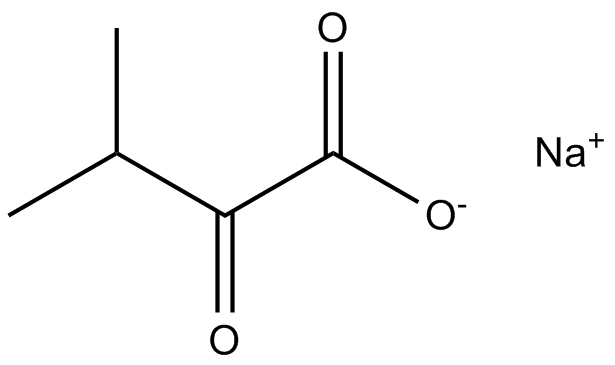
-
GC30593
3-Methyl-2-oxovaleric acid
3-メチル-2-オキソ吉草酸は、神経毒、アシドゲン、メタボトキシンであり、分岐鎖アミノ酸の不完全な分解から生じる異常な代謝産物でもあります。
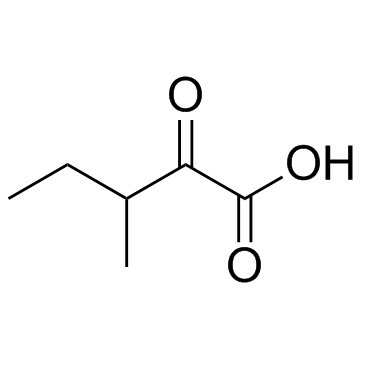
-
GC31535
3-Methyl-L-histidine
3-メチル-L-ヒスチジンは、肉、特に鶏肉の消費のバイオマーカーです。
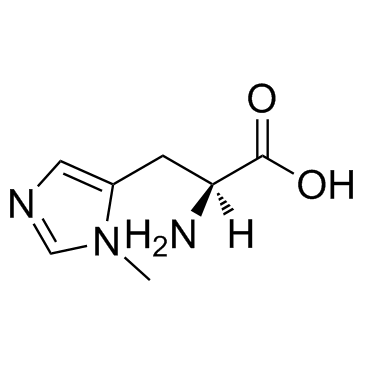
-
GC10710
3-Methyladenine
3-メチルアデニンは、古典的なオートファジー阻害剤です。
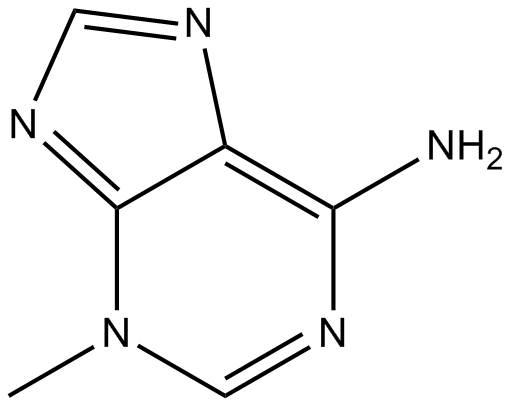
-
GC31546
3-Methyladipic acid
3-メチルアジピン酸は、ω-酸化経路の最終代謝物です。
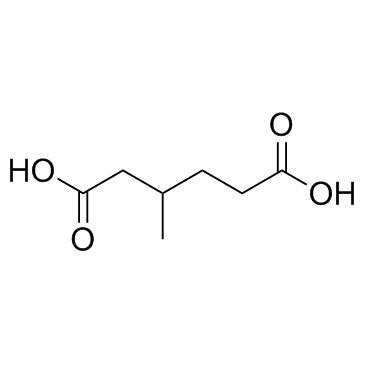
-
GC38360
3-Methylbut-2-enoic acid
3-メチルブタ-2-エン酸は内因性代謝産物です。
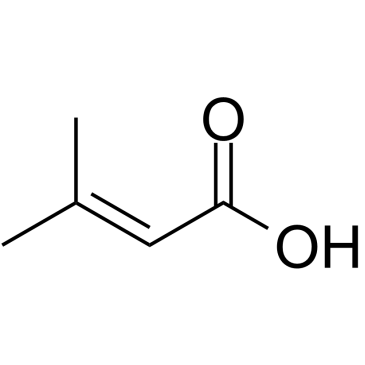
-
GC31595
3-Methylbutanoic acid
3-メチルブタン酸は天然の脂肪酸であり、新生児の死亡や人間のジャマイカ嘔吐病の可能性に影響を与えることが知られています.
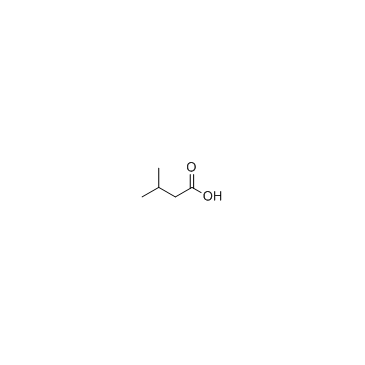
-
GC18628
3-Methylcrotonyl Glycine
3-メチルクロトニル グリシンはアシル グリシンであり、尿中に見られる正常なアミノ酸代謝物です。
